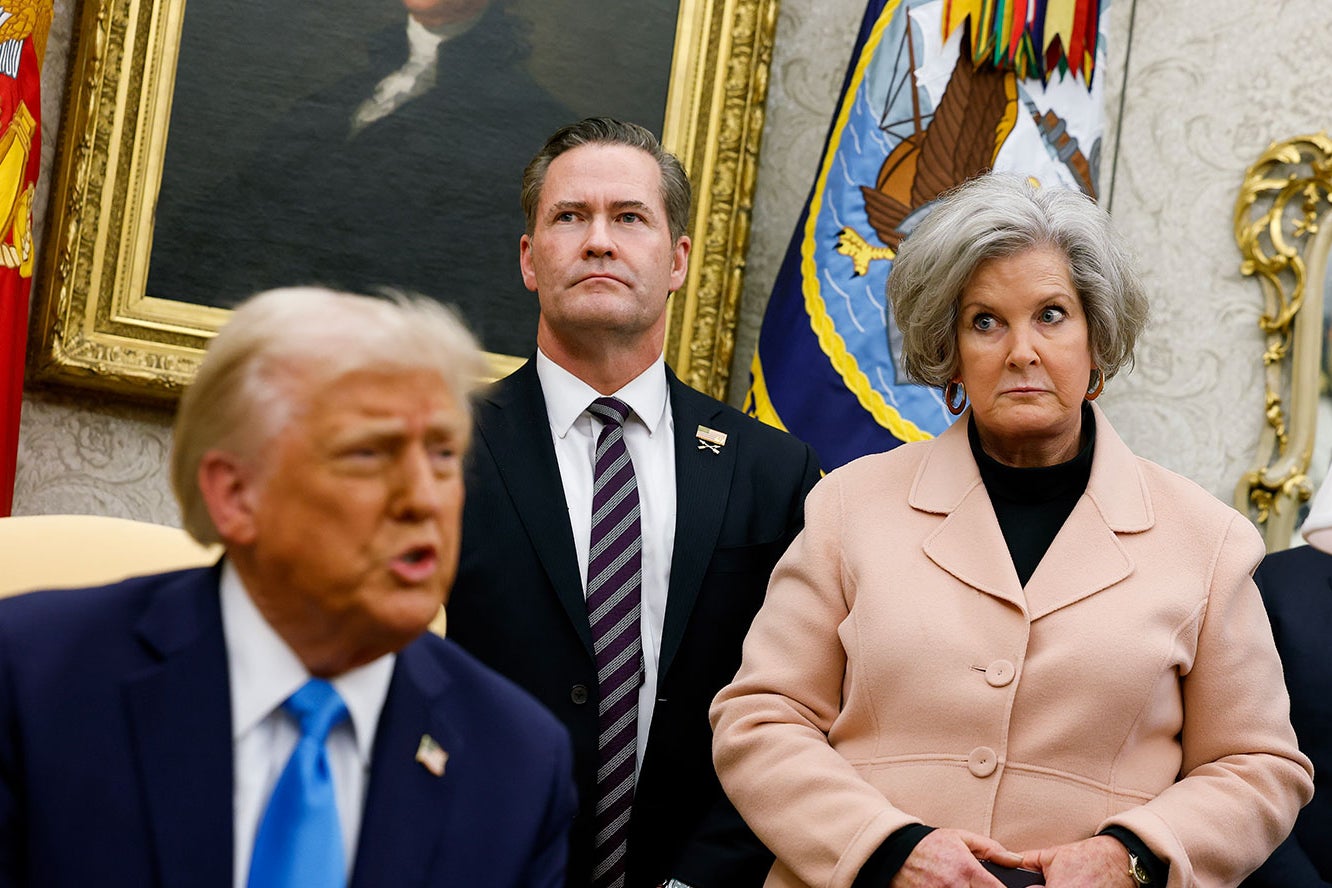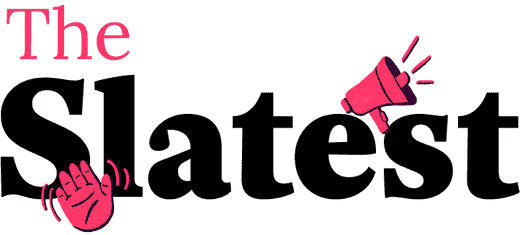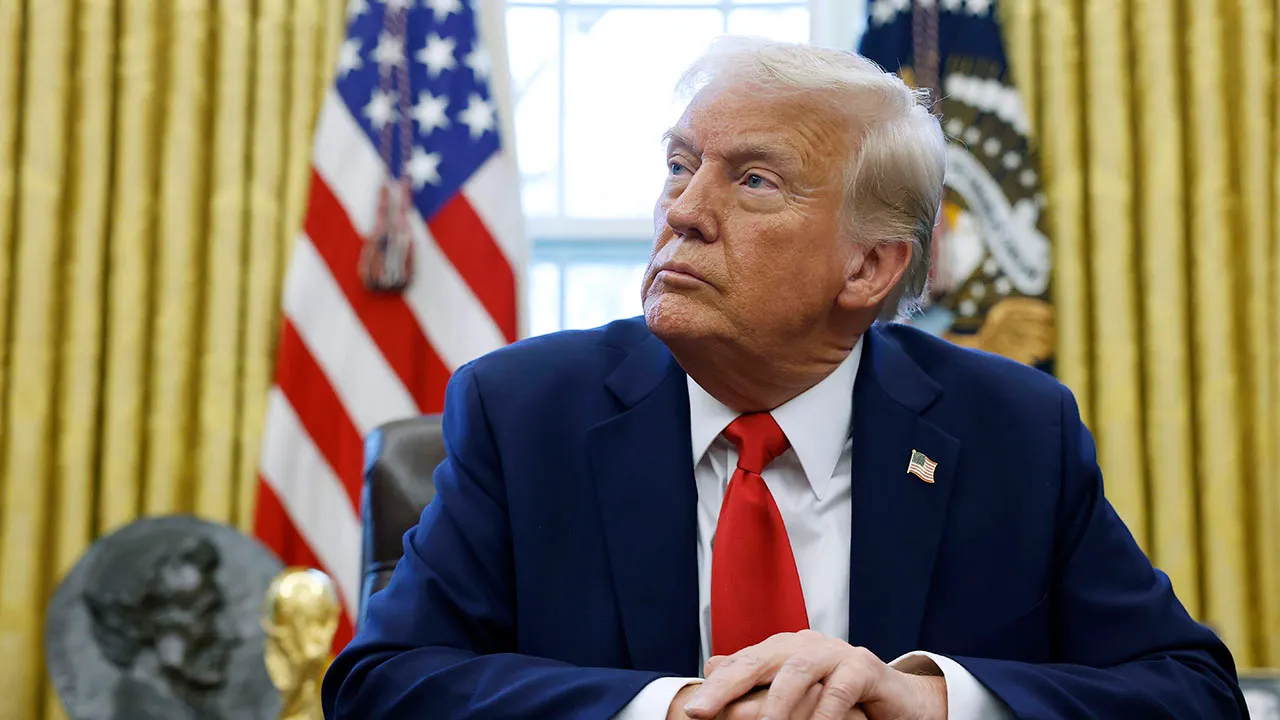Sign up for the Slatest to get the most insightful analysis, criticism, and advice out there, delivered to your inbox daily.
Attacks on diversity, equity, inclusion, and accessibility programs (widely referred to as DEIA) have been a central theme in the early days of the second Trump administration, including in a shameful and fact-free rant blaming a deadly plane crash on DEIA initiatives. But while the DEIA acronym appears in many recent executive orders and memoranda, they don’t offer a definition of the term. Maybe the vagueness is intentional, or maybe the people demonizing the term don’t actually understand it. Either way, the result has been widespread confusion.
Until the president fired me late at night on Jan. 27, I was general counsel at the U.S. Equal Employment Opportunity Commission. The EEOC was created by the Civil Rights Act of 1964, and its lawyers litigate hundreds of cases around the country each year to enforce the federal civil rights laws that bar discrimination in the workplace based on race, sex, religion, age, and disability. The recent spate of DEIA-related executive orders invoke these same civil rights laws, claiming that “illegal DEIA policies” violate them by discriminating based on race and sex.
In reality, the relationship between DEIA and civil rights law is not so simplistic. First, DEIA policies are broader in scope than federal civil rights laws, targeting more forms of societal unfairness and using a larger collection of tools to address them. Second, DEIA policies do not violate employment civil rights laws unless they require an employer to make individual hiring or promotion decisions based on race or sex; that is, to choose one applicant over another because that applicant is Black or female. Third, these policies can serve an important prophylactic function by enabling employers to identify and remedy barriers to equal opportunity that, if allowed to fester, may lead to civil rights law violations. Backing away from DEIA initiatives now may prove costly in the long run, not just to workplace culture but also by exposing companies to liability for discrimination.
Donald Trump’s executive orders often mention DEIA in the same sentence as race, and, less frequently, sex. While disability is not explicitly mentioned, it sometimes implicitly comes along for the ride whenever accessibility is included in the acronym. But former President Joe Biden’s now-rescinded executive orders from 2021 and 2022 calling for a commitment to DEIA throughout the federal government and within the federal workforce were not limited to race and sex. Rather, those orders directed federal agencies to assess and remove barriers to equal opportunity for many groups that had historically been underserved by federal programs and underrepresented among federal workers. The orders covered those living in rural areas, veterans and military spouses, parents and caregivers, those experiencing poverty, and first-generation professionals.
And far from being limited to hiring, the Biden DEIA orders covered such topics as making sure federal office buildings were physically accessible to people with disabilities and expanding paid federal internships so that these professional development opportunities would no longer be off-limits for those lacking the financial security to take an unpaid job. President Trump seems to think all of these efforts should cease and that anyone who had anything to do with them in the past four years should be fired.
It’s hard to overstate the extent of the damage being done to the federal workforce right now. At the same time, private-sector DEIA initiatives are also very much under attack. “DEI hire” has become an epithet for any person of color or other member of a historically disadvantaged group, particularly in a position of power, who is automatically presumed to be unqualified for their job. In reality, however, what lawful DEIA programs actually do is expand recruitment efforts—interviewing not just at the Ivy League but also at state universities, community colleges, and historically Black colleges and universities, for example—so that a broader cross section of talent can compete for job opportunities (that’s diversity). They also remove barriers that would make it difficult for some workers to advance, like offering training and networking opportunities at different times of day rather than only in the evenings when people with caregiving responsibilities would have a hard time attending (that’s equity). And lawful DEIA policies seek to make sure that all workers are valued and supported, such as by having floating holidays that allow people with different religious observances to take off from work (that’s inclusion). Lawful DEIA efforts could also involve ensuring that any company systems accessed by employees are compatible with assistive technology used by people with disabilities (that’s accessibility, which hits particularly close to home for me as a blind person).
As these examples show, DEIA policies can take many forms, but what they all have in common is that they seek to make workplaces fairer for everyone. And all of these proactive measures are completely legal under our nation’s civil rights laws. In contrast, if a DEIA policy involved making hiring decisions based on race or sex rather than relevant qualifications, such a policy could be illegal. Indeed, during my time as general counsel, the EEOC filed suit when evidence showed that an employer relaxed qualifications to hire particular applicants based on national origin. But painting all DEIA initiatives with the same brush, and condemning them as discriminatory, risks sweeping away in the tide of backlash many thoughtful policies that had been making workplaces more welcoming, flexible, and humane.
This is all incredibly shortsighted. Just as going to the gym and staying fit can prevent expensive and painful medical interventions down the road, engaging in lawful DEIA initiatives to ensure a diverse applicant pool, to remove barriers to advancement, and to procure and develop accessible systems at the front end can avoid expensive and painful litigation later on. For example, the EEOC has recently sued several companies under Title VII of the 1964 Civil Rights Act for sex discrimination, pointing to evidence that women were underrepresented as drivers or that men were underrepresented as restaurant servers in particular employers’ workforces compared to their proportion of the qualified labor market. The agency has also sued employers for race and national origin discrimination, pointing to underrepresentation of Black, white, Latino, and Asian employees, in different cases. Proactive employer policies aimed at diversifying the applicant pool could have nipped these inequities in the bud before they led to litigation. Similarly, the EEOC has recently filed suit under the Americans with Disabilities Act against several companies for failing to hire blind workers because the employers’ systems were not compatible with assistive technology. Those lawsuits would have been unnecessary if the companies in question had implemented proactive accessibility policies before these individuals applied for employment.
In the headlong rush to eliminate all traces of undefined DEIA programs from the federal government, and in the ensuing climate of fear that may lead many private employers to retreat from their own DEIA commitments, it seems almost inevitable that more employers will violate the civil rights laws. Those laws remain in force, however, and workers can and should still seek their protections.
Litigation is often a last resort when other tools have failed, and DEIA initiatives offer a promising set of tools for making workplaces fairer and civil rights litigation less necessary. Unfortunately, this administration has chosen to discard those useful tools and seeks to make employers in the private sector too afraid to use them. If that effort succeeds, our society will be diminished because fewer workers will have the chance to reach their full potential. Maximizing potential through equal opportunity is what federal civil rights laws, and the EEOC, were created to achieve 60 years ago. We cannot give up now.



